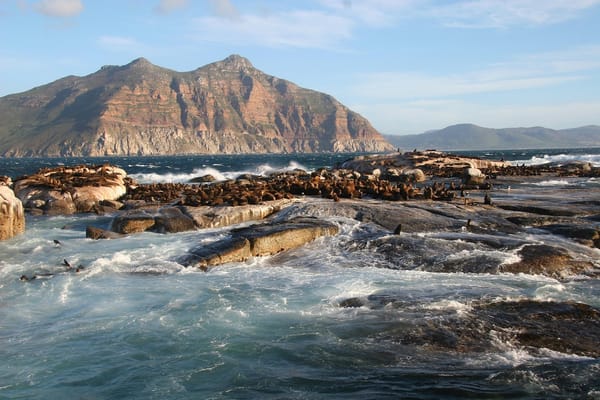Tuesday☕️

Trending:
- On August 11, 2025, President Donald J. Trump invoked Section 740 of the District of Columbia Home Rule Act to assume federal control over the Washington, D.C. Metropolitan Police Department, the first such action since the Civil War period. This decision was part of a broader initiative to address escalating crime rates in the capital, including a reported 2024 murder rate of 27.54 per 100,000 residents and high incidences of vehicle theft. Concurrently, Defense Secretary Pete Hegseth announced the activation of about 800 D.C. National Guard troops under the D.C. Safe and Beautiful Task Force, with 100-200 of them assigned to provide administrative, logistical, and visible support to local law enforcement. Troops were authorized to carry weapons for self-defense but not to display them openly, and the deployment was slated to begin within the week, drawing comparisons to prior Guard operations at the U.S. southern border and in Los Angeles.

- The stated objectives included restoring public safety, reducing urban disorder such as youth-led disruptions on ATVs and motorbikes, and improving the city's cleanliness and infrastructure. The move generated significant debate and public reaction, with protests erupting in D.C. where demonstrators voiced concerns over potential overreach, chanting slogans against perceived authoritarianism. Supporters argued it was essential for reclaiming the city from crime, citing historical precedents such as the 2021 deployment of 25,000 Guard troops for President Biden's inauguration.
Economics & Markets:
- Yesterday’s U.S. stock market:

- Yesterday’s commodity market:

- Yesterday’s crypto market:
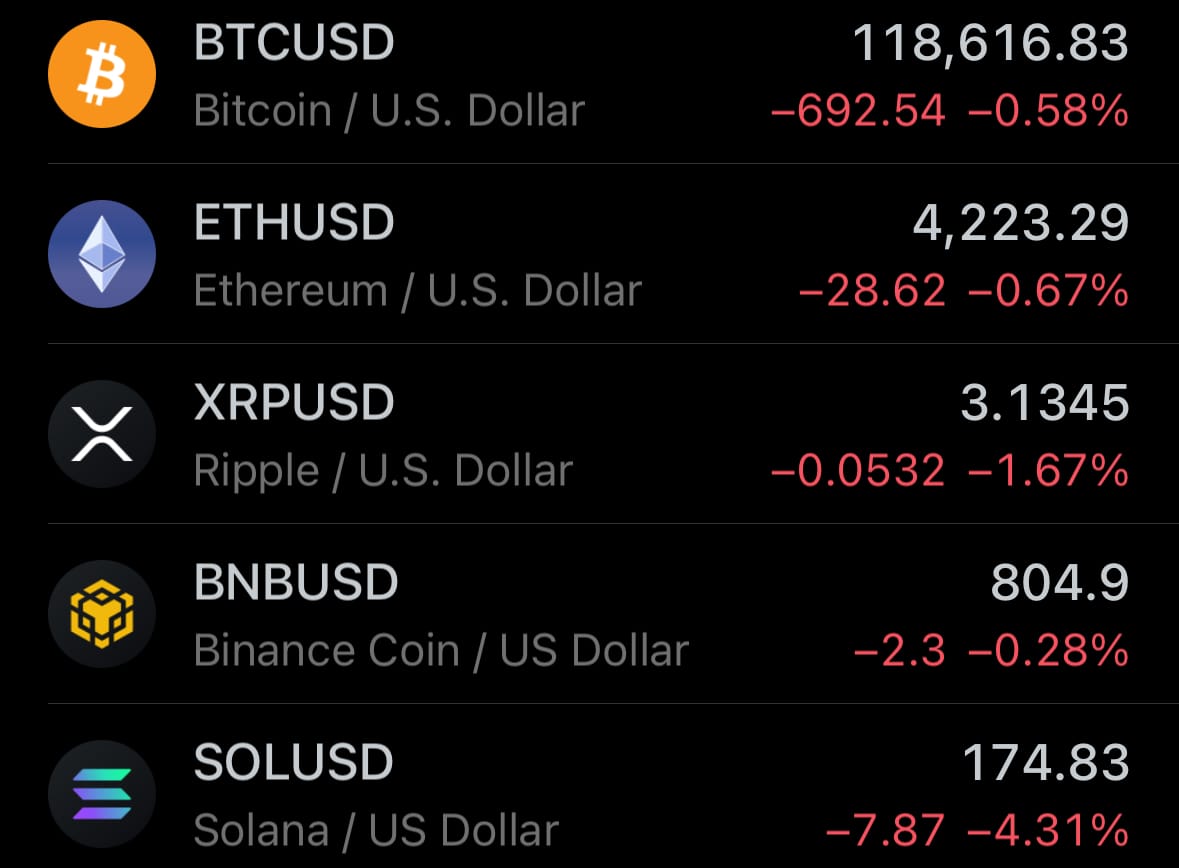
Geopolitics & Military Activity:
- On August 10, 2025, the M23 rebel group launched a significant offensive in the Bukavu region of eastern Democratic Republic of Congo (DRC), targeting areas in the Walungu territory of South Kivu province. The rebels captured the towns of Kalole, Koshongerwe, Budodo, and Kaniola, advancing amid reports of intense clashes. Fighting continued in the strategic town of Nzibira along the N2-W Highway, with M23 forces entering from the east and north, leading to street battles. Their presence was noted at the Palace of Martyrs building in central Kaniola, marking a rapid expansion in the area.
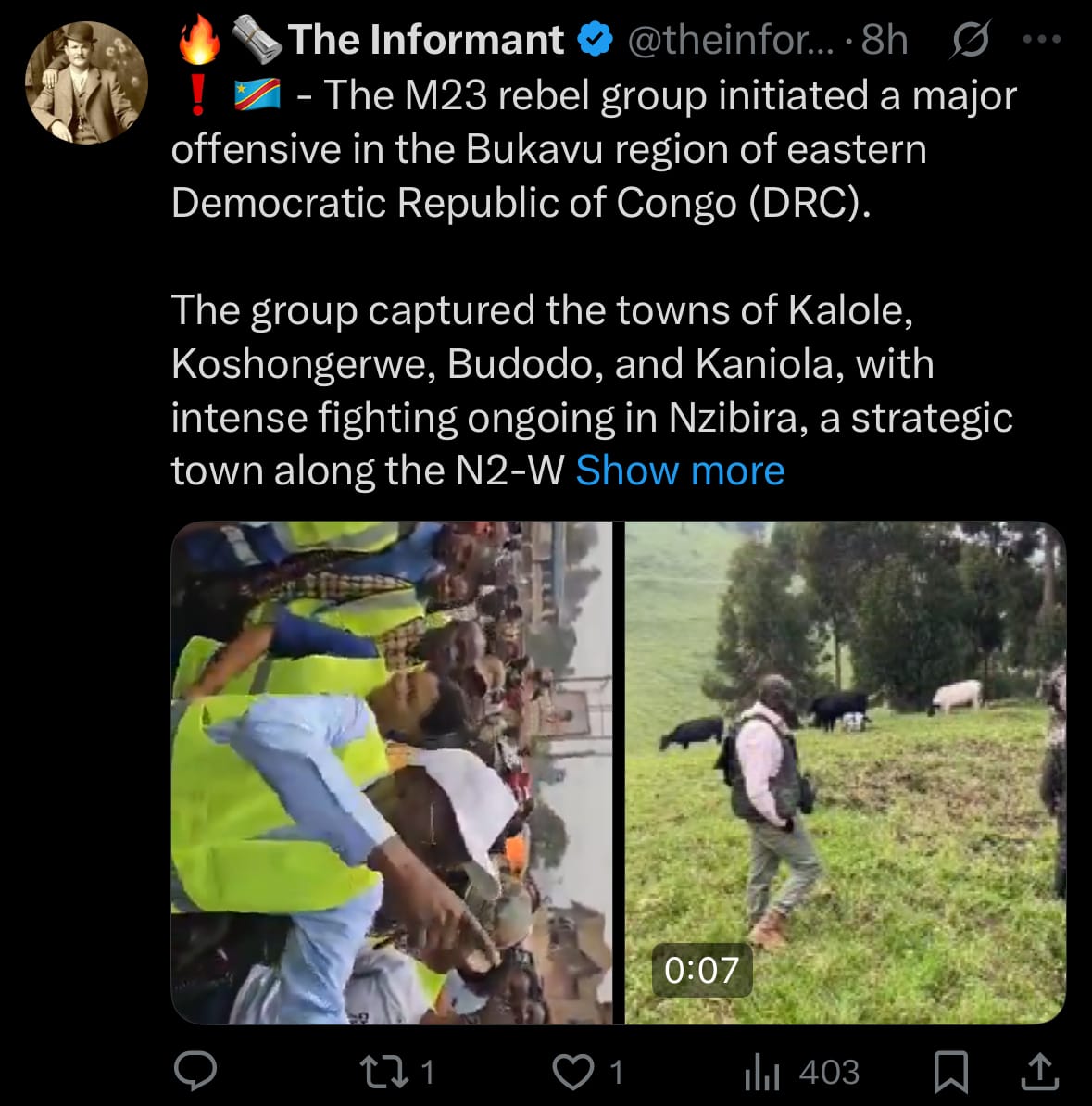
- The offensive prompted pro-war demonstrations in Bukavu, where protesters voiced support for M23 and urged the group to push toward Kinshasa, the DRC's capital. Separately, Bahati Erasto, the M23-installed Governor of North Kivu, was reported touring frontlines near Masisi, heading in the direction of Goma. This development exacerbates the longstanding conflict in eastern DRC, involving various militias and contributing to civilian displacements and heightened regional tensions.
Environment & Weather:
- On August 11, 2025, a large wildfire broke out near the resort town of Tarifa in Cádiz province, southern Spain, rapidly spreading due to strong winds and extreme heat conditions. The blaze originated in the Sierra de la Plata area and quickly threatened residential zones, prompting an immediate response from fire crews who deployed numerous aerial and ground resources to combat the flames. Authorities activated emergency protocols, closing major roads like the N-340 and urging local residents to seal windows and doors to avoid smoke inhalation while monitoring the situation closely.
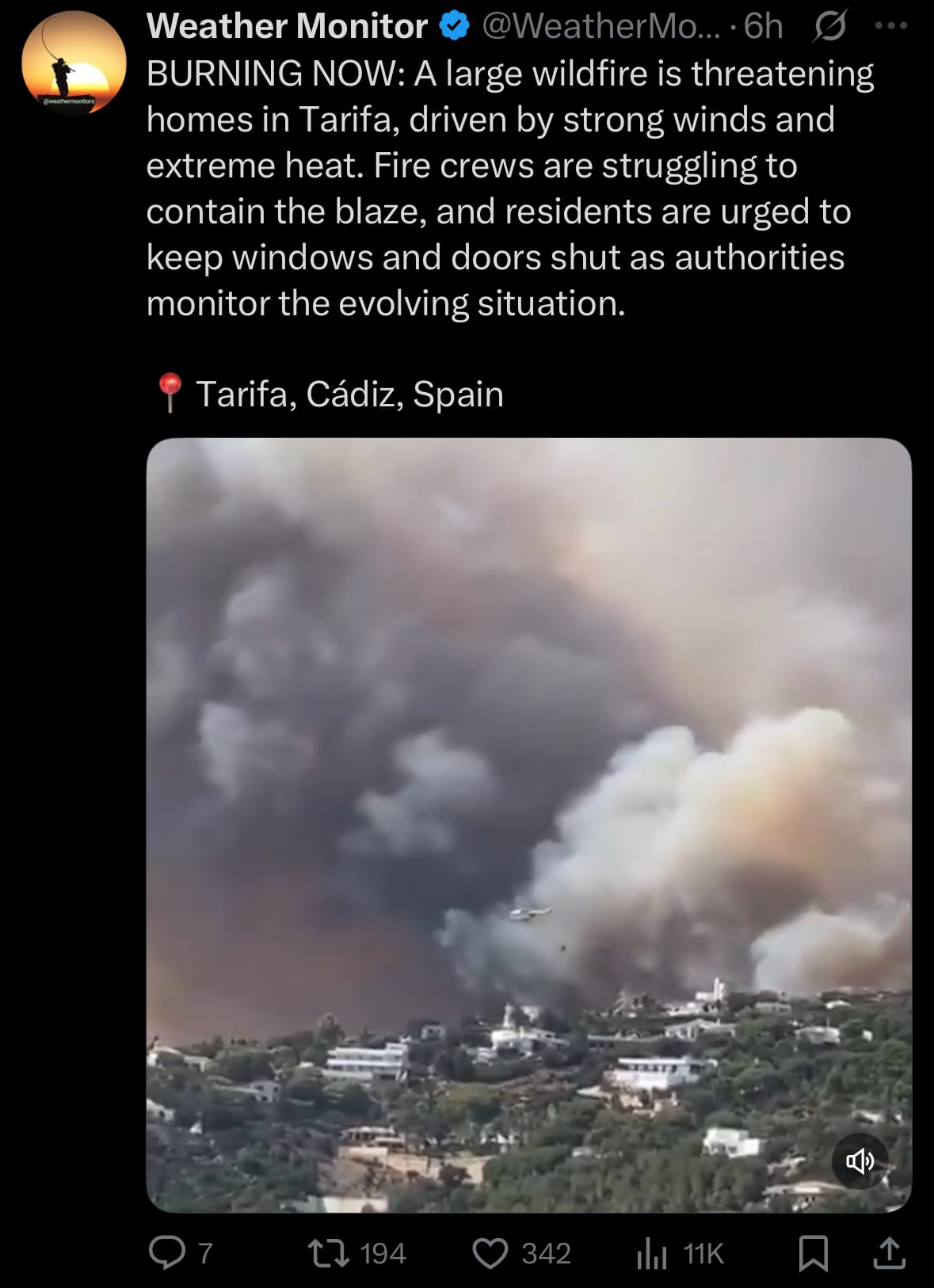
- The fire led to the evacuation of more than 2,000 people from campsites, hotels, and nearby communities, including popular tourist spots such as Torre de la Peña, with some evacuees unable to return home as containment efforts continued amid challenging weather. This incident adds to Spain's ongoing wildfire challenges this year, where over 39,000 hectares (96,371 acres) have already been scorched across the country, highlighting the risks posed by prolonged heatwaves and dry conditions in the region.
Space:
- On August 11, 2025, SpaceX conducted a Falcon 9 rocket launch from Space Launch Complex 40 at Cape Canaveral Space Force Station in Florida. The mission, designated KF-02, carried 24 satellites for Amazon's Project Kuiper, which aims to establish a low-Earth orbit constellation for broadband internet services. Liftoff took place at 8:35 a.m. EDT (12:35 UTC), following a one-day delay due to weather concerns in the booster recovery zone.
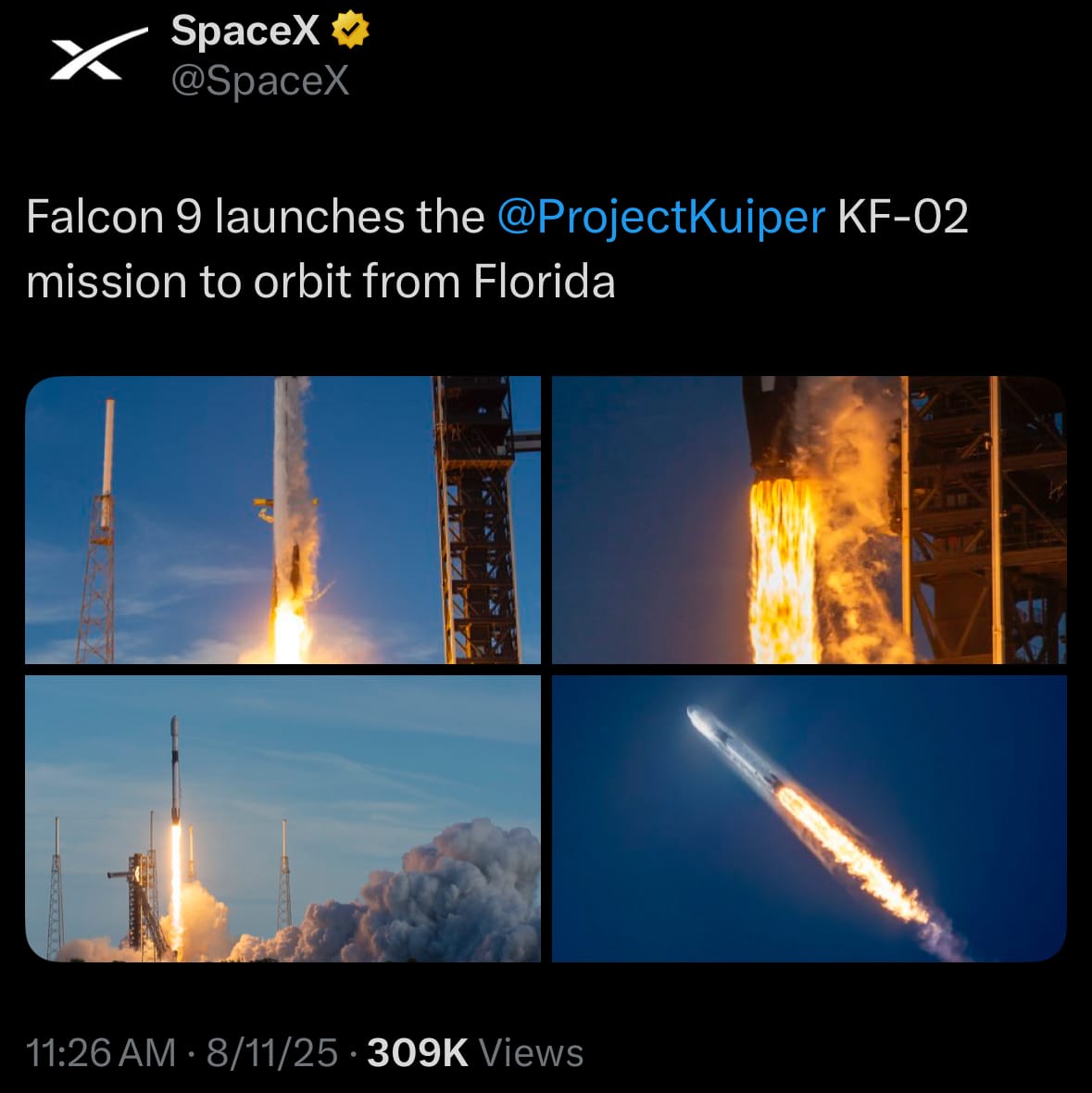
- The payload was deployed successfully, and this event represented SpaceX's 100th launch of the year. The KF-02 deployment increased the number of Kuiper satellites in orbit to more than 100, supporting Amazon's objective to deliver high-speed internet to areas with limited connectivity.
Statistic:
- Largest public railroad companies by market capitalization:
- 🇺🇸 Union Pacific Corporation: $130.26B
- 🇨🇦 Canadian Pacific Railway: $68.56B
- 🇺🇸 CSX Corporation: $65.67B
- 🇺🇸 Norfolk Southern: $62.44B
- 🇨🇦 Canadian National Railway: $58.29B
- 🇯🇵 East Japan Railway: $26.87B
- 🇯🇵 Central Japan Railway: $25.12B
- 🇮🇳 Indian Railway Finance: $18.90B
- 🇨🇳 China Railway Construction: $14.68B
- 🇯🇵 West Japan Railway: $10.64B
- 🇫🇷 Getlink: $10.44B
- 🇯🇵 Tokyu: $7.16B
- 🇯🇵 Hankyu Hanshin Holdings: $7.05B
- 🇯🇵 Tokyo Metro: $6.75B
- 🇮🇳 Indian Railway Catering & Tourism: $6.60B
- 🇧🇷 Rumo: $5.26B
- 🇹🇼 Taiwan High Speed Rail: $5.22B
- 🇦🇺 Qube Holdings: $5.03B
- 🇯🇵 Kyushu Railway Company: $4.16B
- 🇯🇵 Odakyu Electric Railway: $4.03B
- 🇯🇵 Kintetsu GHD: $3.81B
- 🇦🇺 Aurizon Holdings: $3.70B
- 🇯🇵 Tobu Railway: $3.44B
- 🇯🇵 Keio Corporation: $2.96B
- 🇹🇭 Bangkok Expressway and Metro (BEM): $2.54B
History:
- The origins of railroad technology trace back to the early 19th century, when the Industrial Revolution created an urgent need for faster, more reliable transportation of goods and people. The earliest systems were inspired by wooden wagonways and plateways used in mining operations in England during the 16th–18th centuries, where horse-drawn carts ran on fixed timber or iron rails. A turning point came in 1804 when Cornish engineer Richard Trevithick developed the first steam-powered locomotive capable of hauling loads on metal rails, though its heavy weight damaged the track. This challenge led to significant improvements, including George Stephenson’s development of stronger wrought-iron rails and his 1825 locomotive, Locomotion No. 1, which powered the Stockton and Darlington Railway, the first public railway to carry both goods and passengers. In 1830, Stephenson’s Rocket demonstrated the advantages of multi-tubular boilers and more efficient steam design, cementing steam power as the dominant force in rail. By the late 19th century, the work of innovators such as Robert Stephenson, Isambard Kingdom Brunel, and Andrew Carnegie (in steel rail production) enabled transcontinental railways, standardized gauges, and high-capacity freight systems to flourish in Europe, North America, and beyond.
- The 20th century brought major technological shifts. Steam locomotives, once the hallmark of industrial power, began to be replaced by diesel-electric locomotives pioneered by companies like General Motors’ Electro-Motive Division in the 1930s, offering greater efficiency, range, and lower maintenance needs. Electrification of rail networks—pioneered in Switzerland, Germany, and later Japan—allowed for faster, cleaner trains, with overhead catenary systems and third-rail technology becoming standard in many urban and intercity lines. Japan’s introduction of the Shinkansen “bullet train” in 1964 marked the birth of modern high-speed rail, using dedicated tracks, lightweight aluminum bodies, and aerodynamic shaping to achieve speeds over 130 mph. Europe followed with the French TGV in 1981 and Germany’s ICE trains in the late 1980s, both incorporating computer-controlled signaling and regenerative braking systems. In the 21st century, advances include maglev trains in China and Japan capable of exceeding 370 mph, autonomous train control systems like ETCS (European Train Control System) and CBTC (Communications-Based Train Control), and experimental hydrogen fuel cell locomotives. Railroads have moved from iron and steam to composites, electronics, and clean energy—yet their role as a vital backbone of freight and passenger transport remains as critical as it was nearly two centuries ago.
Image of the day:

Thanks for reading!
Earth is complicated, we make it simple.
Click image to view the Earth Intelligence System:
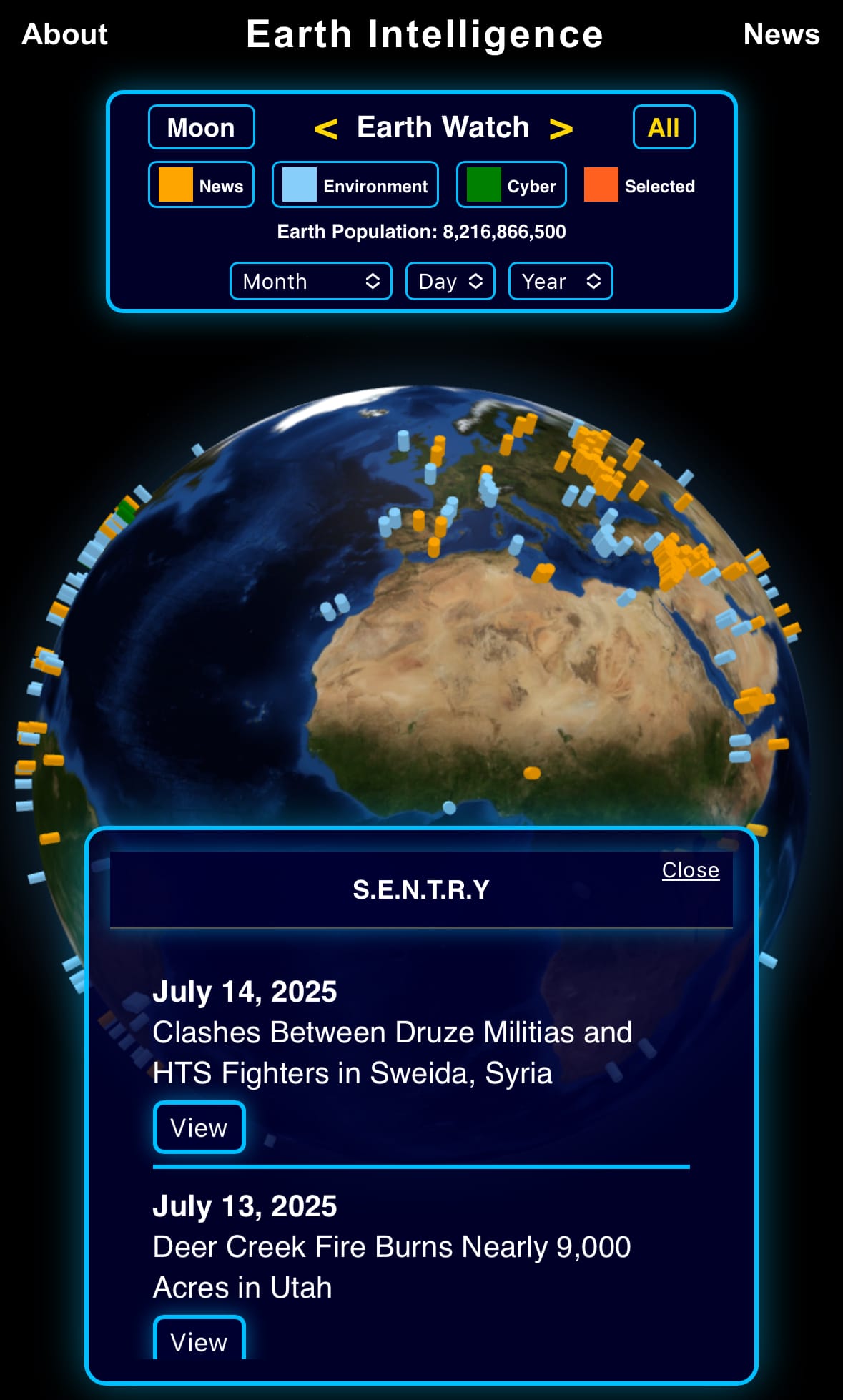


Support/Suggestions Email:
earthintelligence@earthintel.news


